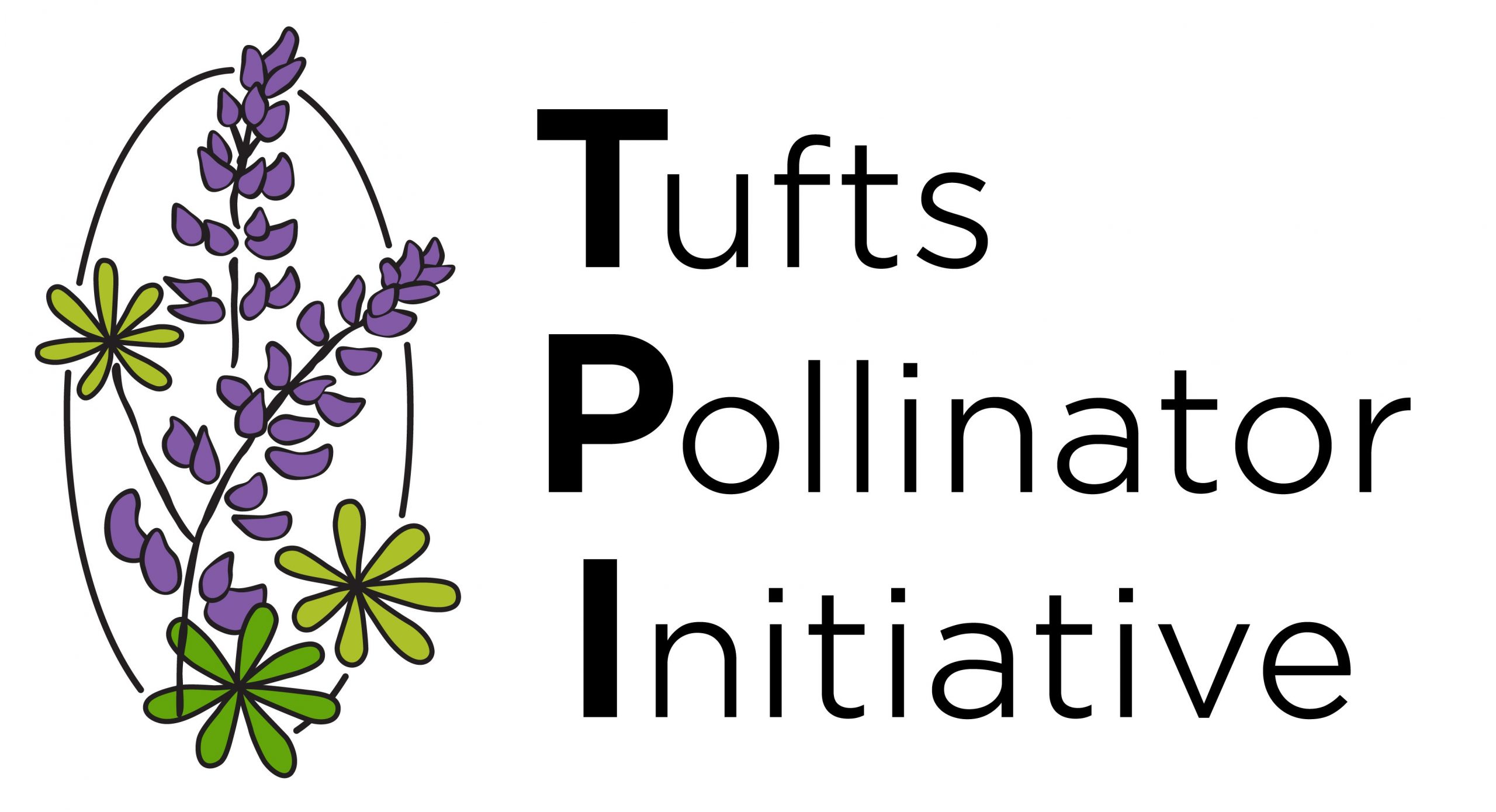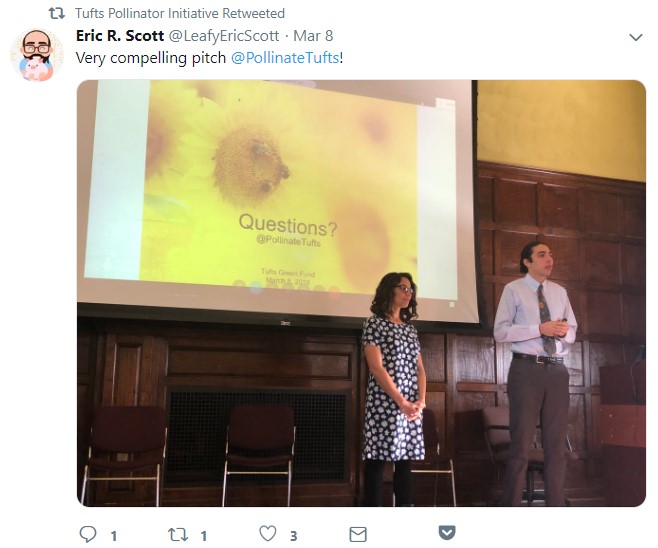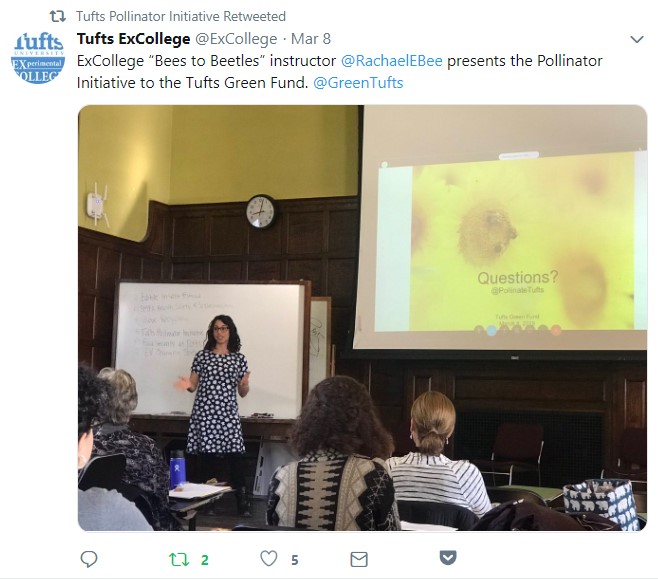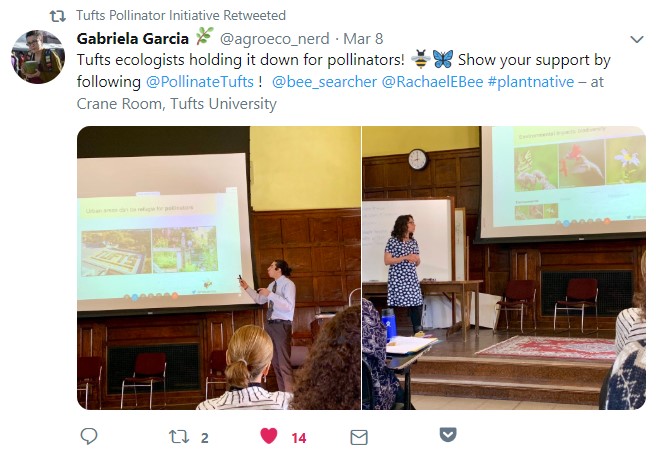You may have seen in the news that the three honey bee colonies on the roof of Notre Dame survived the tragic fire that destroyed much of the Cathedral. This was possible because honey bees are incredibly adept at maintaining the temperature of their hive and have developed behavioral mechanisms to survive in heated environments. The driving force behind hive temperature maintenance is brood protection. Honey bee brood (the eggs, larvae, and pupae that will grow into adult bees) can only develop properly within a specific temperature range. Too cold and they are more vulnerable to disease and parasites, too hot and they are likely to develop deformities which prevent them from performing hive duties as adults. Since adult honey bees only live for around thirty days in summer, it is critical that the brood are maintained at a healthy temperature to ensure the survival of the colony.
To survive the heat, honey bees have evolved three main behavioral strategies to cool their hive: fanning, heat shielding, and evaporative cooling. In fanning behavior, honey bees fan their wings to create cool air currents that push hot air out of the hive. When enough bees start fanning the colony changes their position to create air current pathways which look rivers running between the bees throughout the hive. Paired with fanning, bees will induce a sweat like evaporative cooling effect by sucking up stored water and spraying it in hot areas of the hive.
The third major way that honey bees cool their hives is with a behavior called heat shielding. Honey bees usually stand with their body on their comb, and their backs to the hive wall. When the wall gets too hot, the bees will stand instead on the walls of the hive to absorb heat into their bodies. Once individual bees get too hot they move to the edges of the hive where they dissipate the heat. By engaging in this behavior honey bees are able to act as mobile heat sink units, physically transporting heat within their bodies away from temperature sensitive brood. With these three behaviors honey bees can rapidly cool their hive from dangerously hot temperatures and survive extreme circumstances like the fire at Notre Dame.






